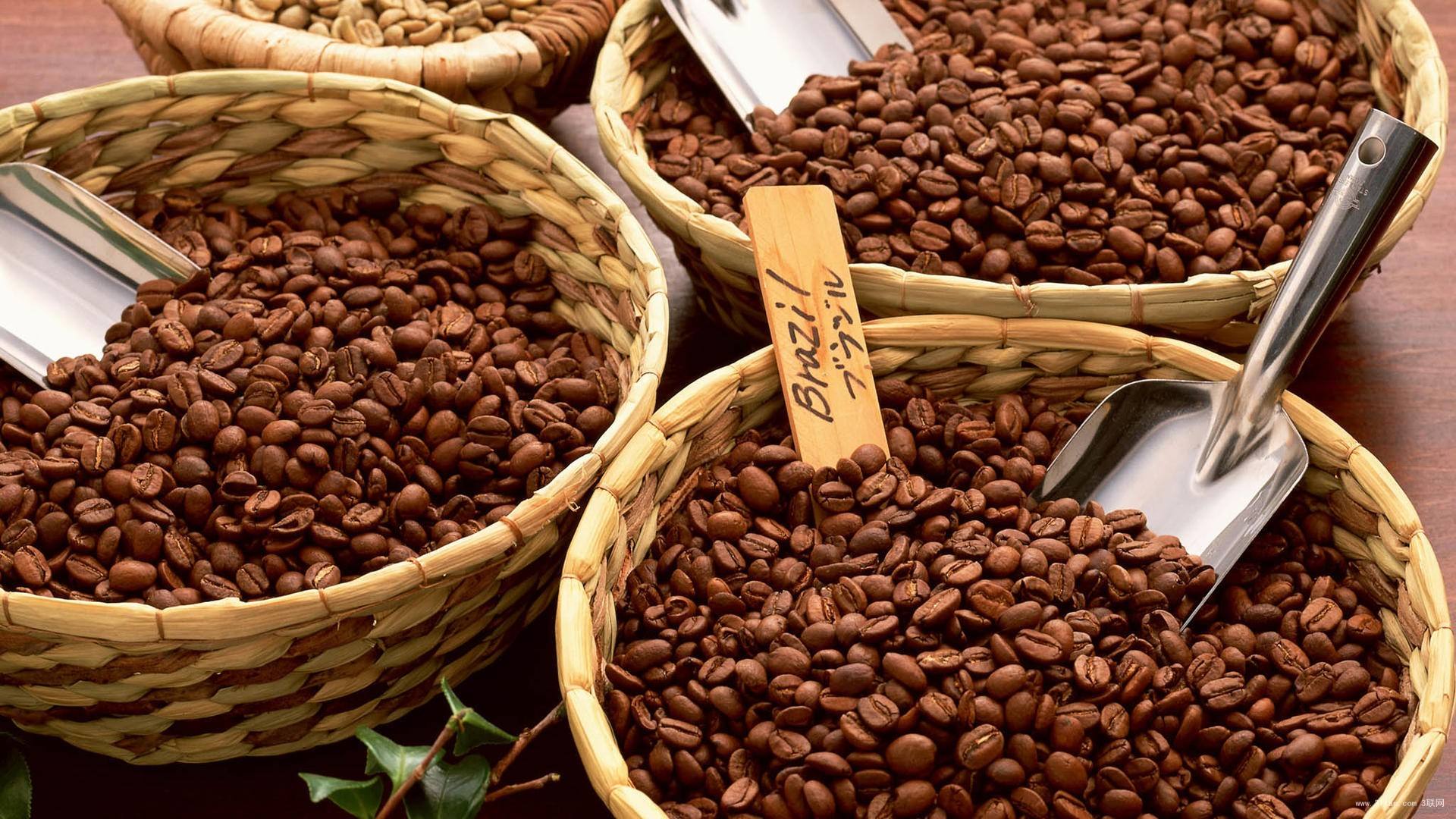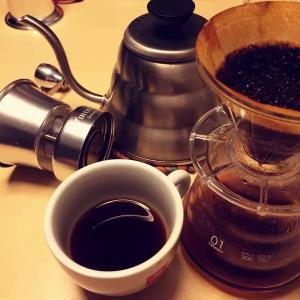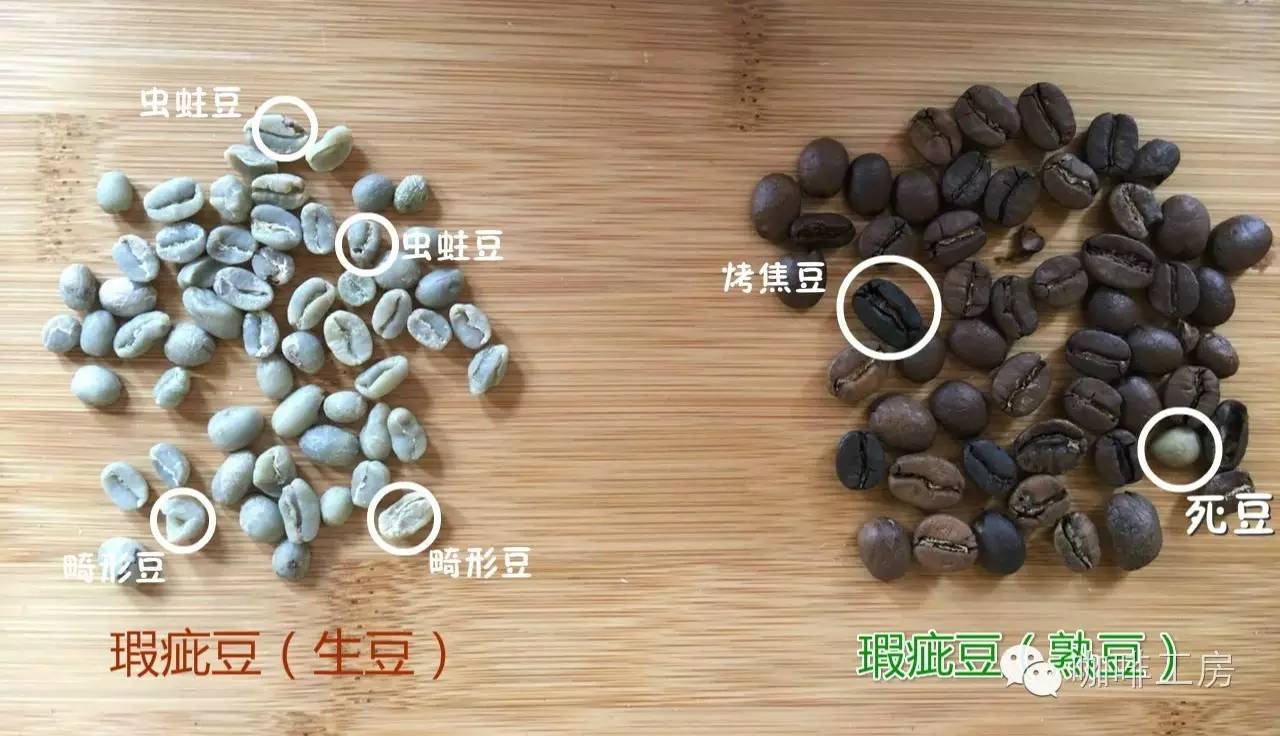What substances do the astringency in coffee come from?
Follow the caf é (Wechat official account vdailycom) and found that Beautiful Cafe opened a small shop of its own.
What substances does the astringency in coffee come from?
The astringency in coffee mainly comes from dicaffeoylquinic acid (Decaffeoylquinic aic) degraded by chlorogenic acid (Chlorogenic acid) during roasting. In addition, a small amount of tartaric acid (Tartaric acid), also known as "gluconic acid", is also the source of astringency. The astringency in coffee is mainly due to the condensation of dicaffeoylquinic acid with the protein in oral saliva and produces a wrinkled astringency in the oral epithelial tissue.
So, why on earth do these astringency come into being? How can it be avoided?-- this is the focus of everyone's concern.
Many people blame the astringency of coffee on baristas or bakers, thinking that it is caused by improper extraction or roasting, but in fact there are many reasons for astringency. Let's analyze them one by one!
First of all, the part of raw beans.
The difference of astringency caused by the difference of variety. Robesta beans tend to be more astringent than Arabica beans, because the chlorogenic acid content of Arabica beans is only 5.5%, while that of Robesta beans is 7%. As a result, the content of "dicaffeoylquinic acid" is higher after baking. This is one of the reasons why some international fast food chains tend to be "bitter and astringent"-the heavy use of cheap Robosta beans.
Of course, quality-conscious coffee shops of course use Arabica beans. Arabica beans also have different astringency due to their different growth environment. High-altitude excellent Arabica beans because of the mature period of full fruit and rich in sugar, brewed coffee is often good flavor and round taste without astringency, while low real estate beans tend to have a thin flavor, astringency will also be more prominent because of the overall taste.
No matter what kind of variety or what kind of production conditions, unripe beans are a major culprit causing astringency.

Like many fruits, immature coffee beans contain more chlorogenic acid, so unripe beans are listed as defective. The higher the grade of coffee beans, the less the number of defective beans. In Xiumen Coffee, although the raw beans we got are specialty coffee with very low defect rate, we have to hand-select them again before baking to ensure the purity of the taste.
In addition, the silver skin on raw coffee beans is also the cause of astringency, too much silver skin attached to raw beans, especially when it can not be removed in baking, it is easy to cause the astringency of coffee.
Even if the variety, picking and processing of the front raw bean are very in place, it is easy to produce astringency if it is not operated properly in the baking process. What for?
On the one hand, if excessive firepower causes uneven baking "outer coke endogenesis", it is easy to produce astringent feeling and raw bean taste.
On the other hand, poor smoke exhaust or too small opening of the air valve in the baking process will also make the coffee taste muddy and easy to form a sense of astringency in the cup.
Of course, very shallow roasting can also cause an obvious sense of astringency, and it is occasionally heard that some roasters "bake beans shallowly or even before the end of an explosion in order to show the acidity of coffee." this operation is especially aimed at beans with high hardness such as Kenya, which is almost inevitable if the beans are produced before the explosion.
The last step of astringency is extraction-how many baristas should be complaining here!
However, if not professional or careful, no matter how good the coffee beans will be destroyed in the hands of baristas, resulting in a sense of astringency, for the following reasons:
First, the water temperature is too low, the extraction water temperature of Xiumen coffee is generally about 90 degrees, of course, there is no absolute standard for extraction water temperature, and it varies according to the practice and coffee beans, but interested friends might as well do an experiment and try the extraction with a water temperature below 80 degrees. The astringency will be obvious. Of course, if you are worried about the astringency of your coffee, re-measure the water temperature or raise the extraction temperature and try again!
Second, the extraction time is too long. Astringent feelings can be caused by excessive extraction along with other miscellaneous smells. In fact, these two reasons will have a similar phenomenon when making tea.
Third, the degree of grinding is too fine. Too fine grinding greatly increases the chances of miscellaneous taste and astringency. We all have a deep understanding of this in the course on grinding degree regulation in class.
The above is the main cause of astringency. So, how to avoid the production of astringency?
It is still the check from raw beans to baking to extraction.
Good varieties and good growing environment of coffee beans, when picking to "choose only ripe coffee fruit" and get rid of those unripe beans.
Keep the smoke discharge unobstructed and proper firepower in the baking process, so that the raw beans are baked evenly and the internal substances are transformed completely.
Proper operation, proper water temperature, grinding degree and extraction time are essential during extraction.
In addition, the astringency in Espresso has something to do with the unevenness of filling, which should be grasped in detail.
Although astringency is not as strong as bitterness and sour thorns, it is like a ghost, sometimes it can be clearly felt in the coffee just extracted, sometimes it is not obvious when it is hot, and it will be magnified when the coffee becomes cold, and this feeling affects our sense of taste. it will linger in the mouth for a long time, bringing us unhappiness. Therefore, to extract a good cup of coffee, we should first avoid astringency and miscellaneous taste, and then pursue the richness and balance of taste on the premise of pure taste.
Important Notice :
前街咖啡 FrontStreet Coffee has moved to new addredd:
FrontStreet Coffee Address: 315,Donghua East Road,GuangZhou
Tel:020 38364473
- Prev

What are the health values of caffeine?
Following Kaibei (official Wechat account vdailycom) found that caffeine has at least the following health values: one is to promote heartbeat and speed up circulation. It is equivalent to slow growth or fast walking, which can speed up the circulation of our blood and body fluids, not only promote the excretion of metabolites in the body, but also remove edema and reduce fat.
- Next

A simple introduction to the world of defective coffee beans
Professional barista communication, please pay attention to coffee workshop (Weixin Official Accounts cafe_style ) 01 Coffee growing environment Coffee beans in appearance differences come from different growing environments, coffee growth zone is usually Tropic of Cancer and Tropic of Cancer and tropical areas near the equator. Unique coffee varieties are grown in special growing areas, and there are many types of coffee beans and growing environments. for finishing
Related
- Beginners will see the "Coffee pull flower" guide!
- What is the difference between ice blog purified milk and ordinary milk coffee?
- Why is the Philippines the largest producer of crops in Liberia?
- For coffee extraction, should the fine powder be retained?
- How does extracted espresso fill pressed powder? How much strength does it take to press the powder?
- How to make jasmine cold extract coffee? Is the jasmine + latte good?
- Will this little toy really make the coffee taste better? How does Lily Drip affect coffee extraction?
- Will the action of slapping the filter cup also affect coffee extraction?
- What's the difference between powder-to-water ratio and powder-to-liquid ratio?
- What is the Ethiopian local species? What does it have to do with Heirloom native species?

